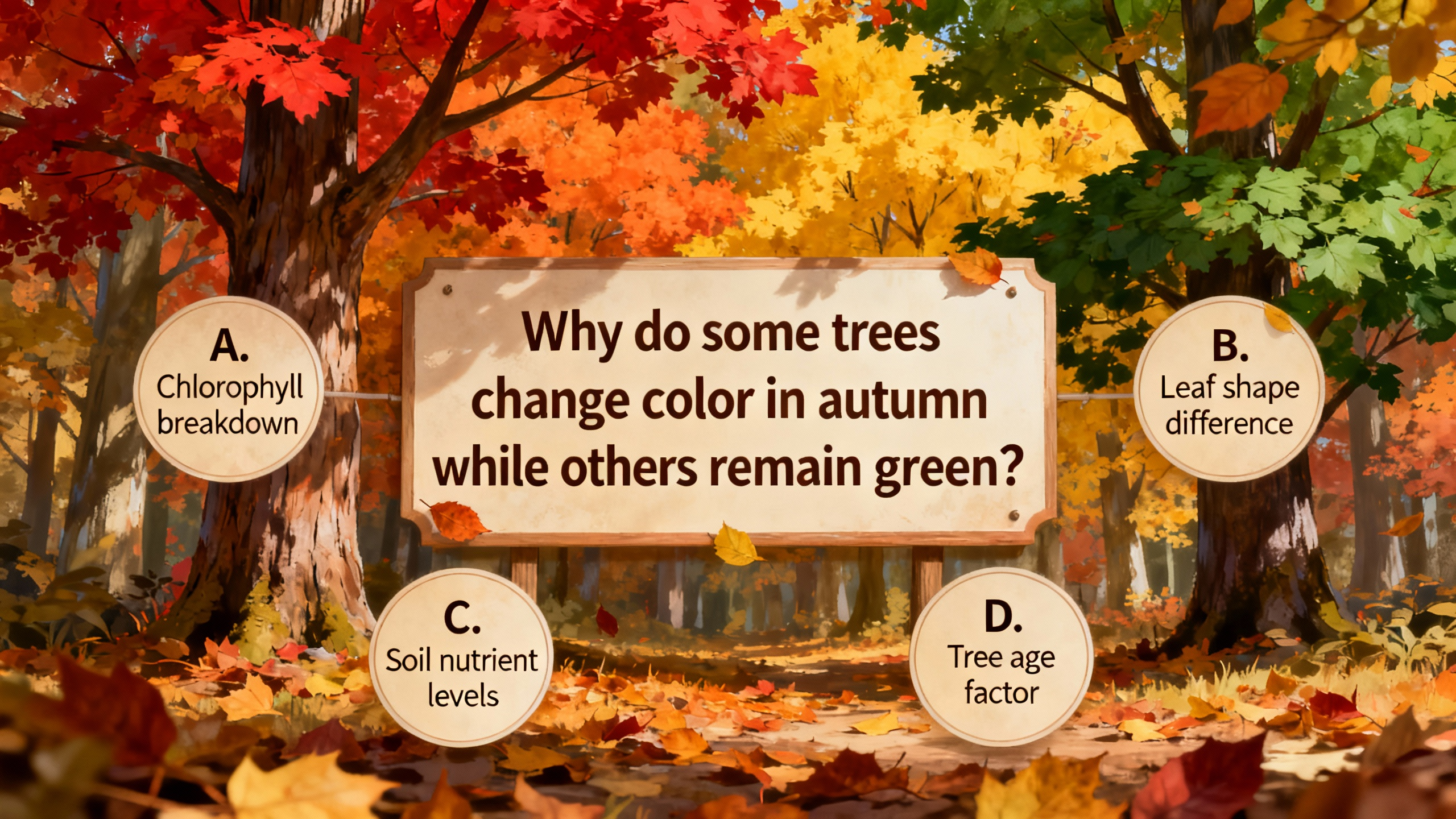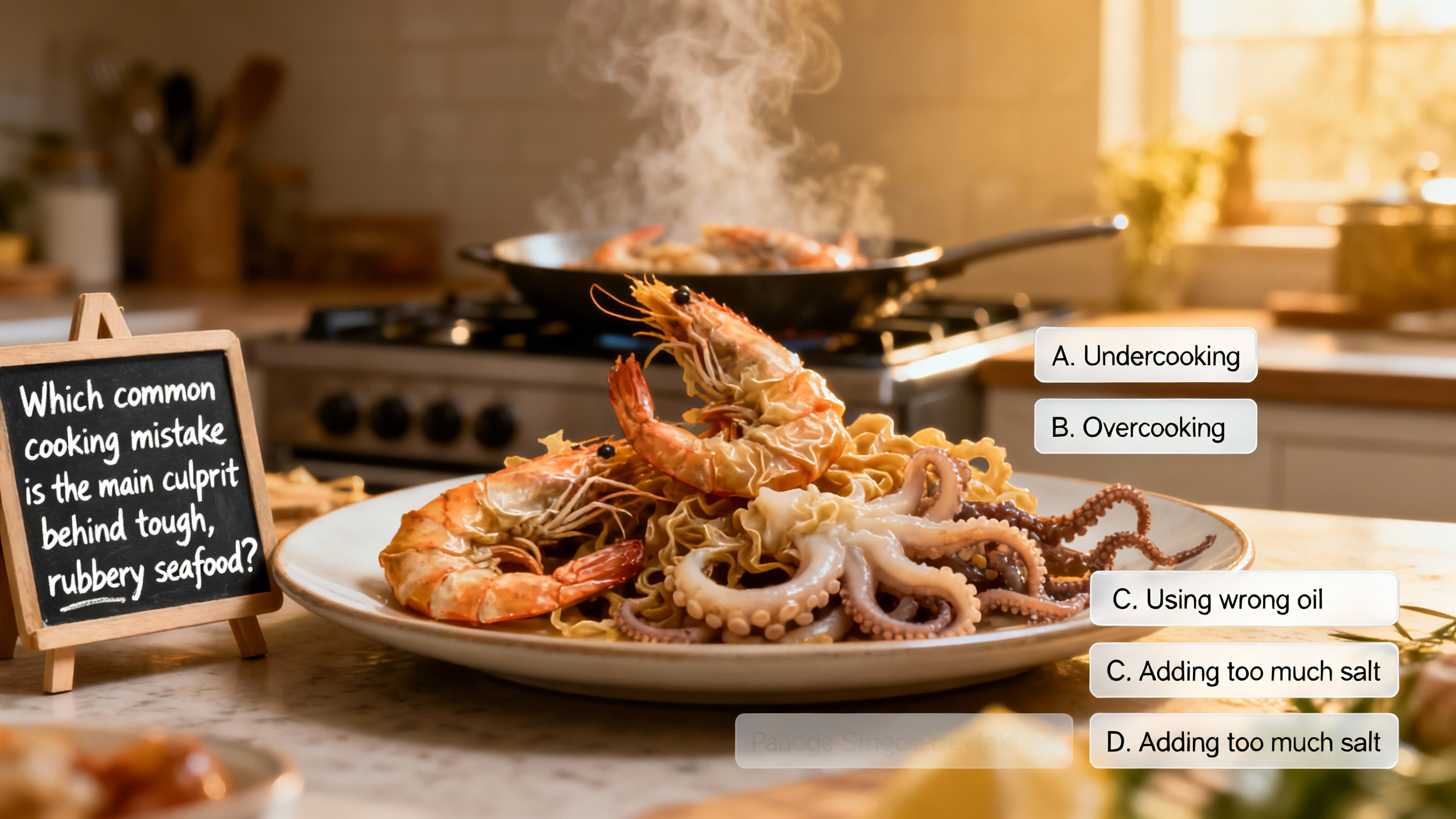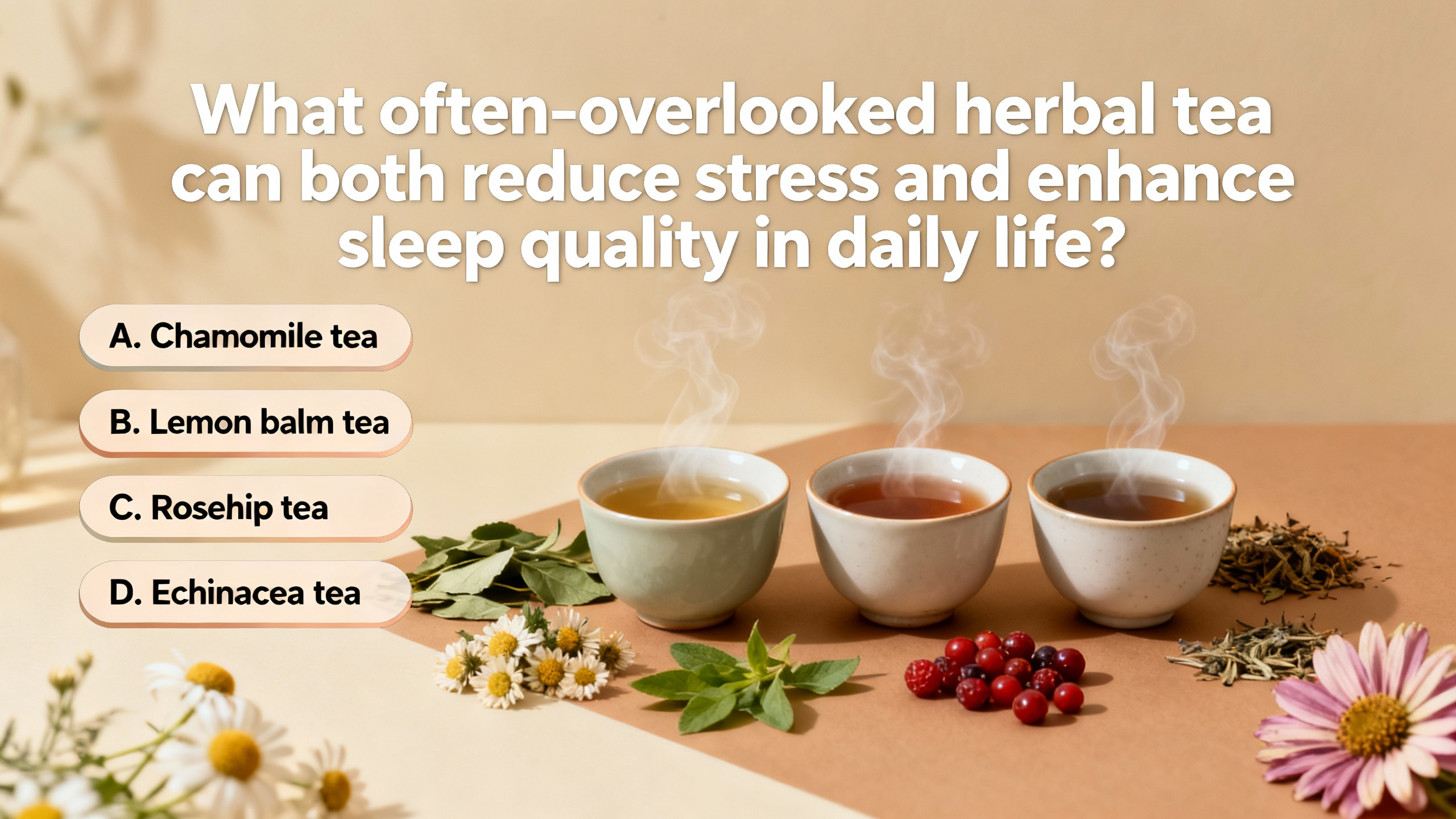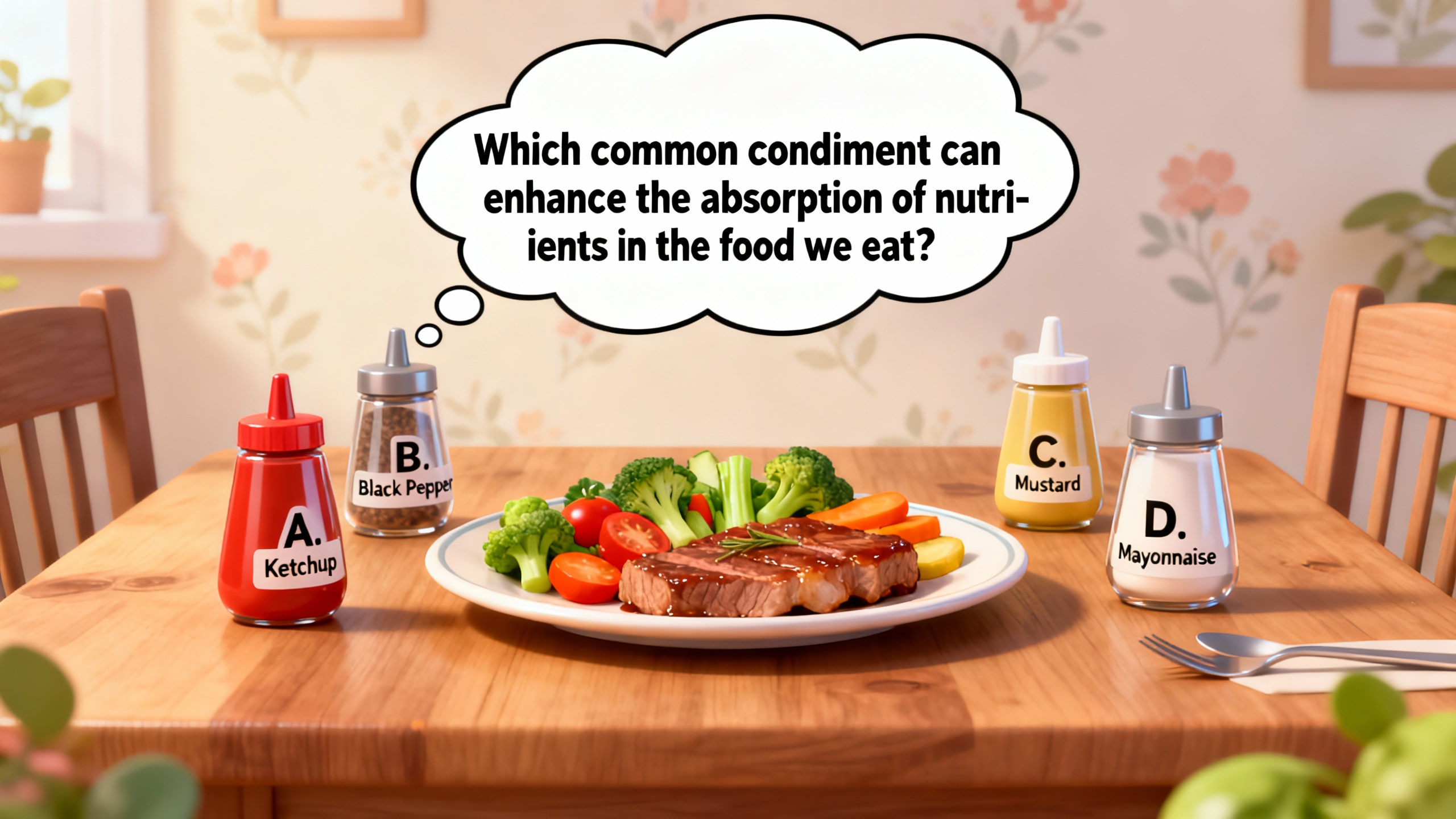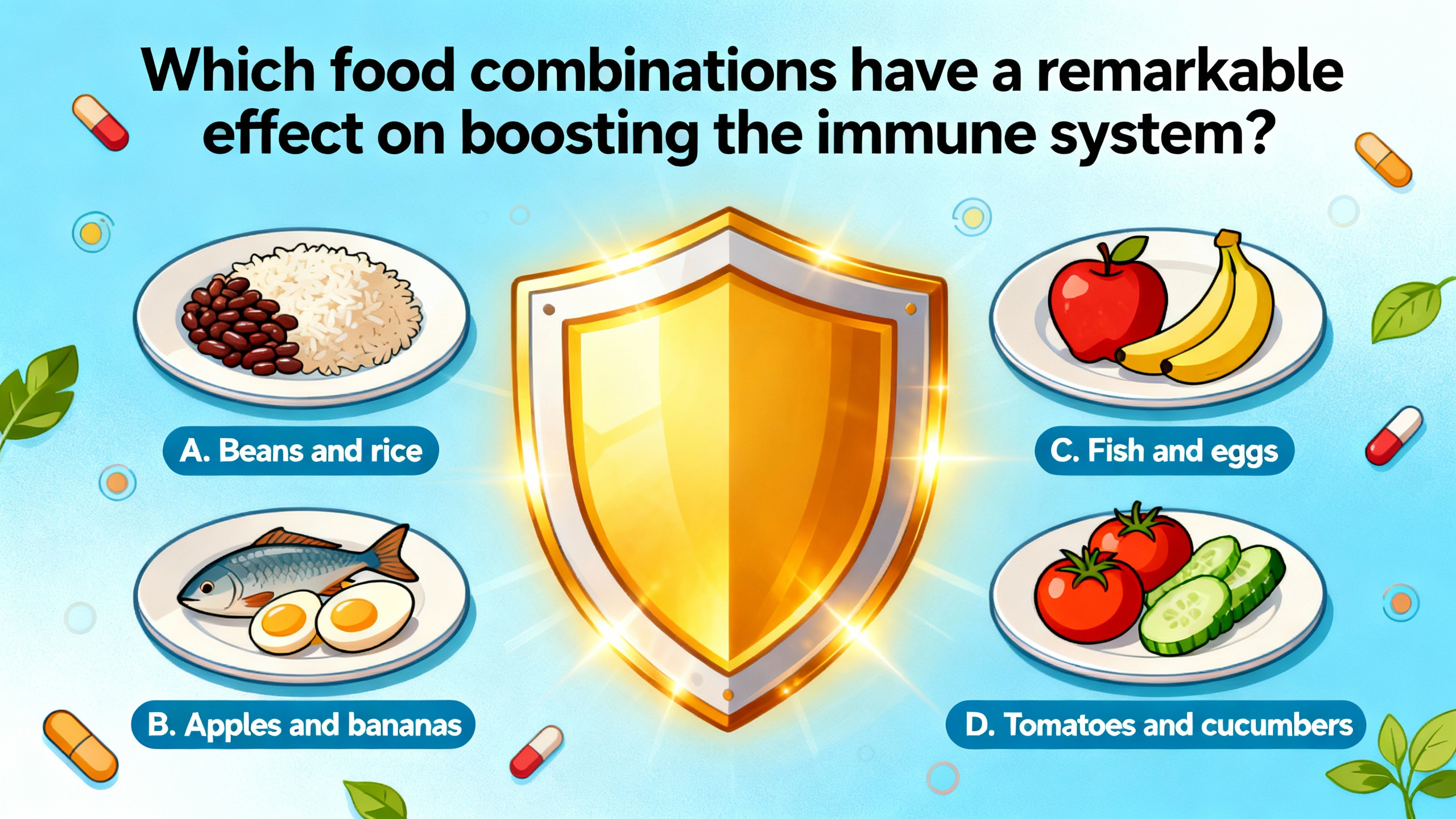Why Are Flamingos Pink?
Flamingos are well - known for their vibrant pink color, but this is not a natural trait from birth. The main reason for their pink hue lies in their diet. 
Flamingos primarily feed on organisms such as algae, shrimp, and other small invertebrates. These food sources are rich in carotenoids, which are organic pigments. Carotenoids come in various forms, like beta - carotene, which is also found in carrots and gives them their orange color. When flamingos consume these carotenoid - rich foods, the pigments are broken down in their digestive systems. Then, these pigments are absorbed into their bloodstream and eventually deposited in their feathers, skin, and beaks. Over time, as they continue to eat these carotenoid - laden foods, the flamingos gradually develop the characteristic pink color. 
The intensity of a flamingo's pink color can also vary based on factors such as the availability of carotenoid - rich food. Flamingos in areas where there is an abundant supply of shrimp and algae will generally be more vibrantly colored. In contrast, if their diet is limited or lacks sufficient carotenoids, their feathers may appear paler. Newly hatched flamingos are actually gray or white because they haven't started consuming the carotenoid - rich diet yet. As they grow and start to eat the appropriate food, their color begins to change. In zoos, where the natural diet might be difficult to replicate exactly, keepers often add supplements containing carotenoids to the flamingos' food to maintain their pink color. 
In conclusion, the pink color of flamingos is a result of their diet high in carotenoids. This dietary influence not only determines their color but also shows the close relationship between an animal's appearance and its food sources in the wild.

